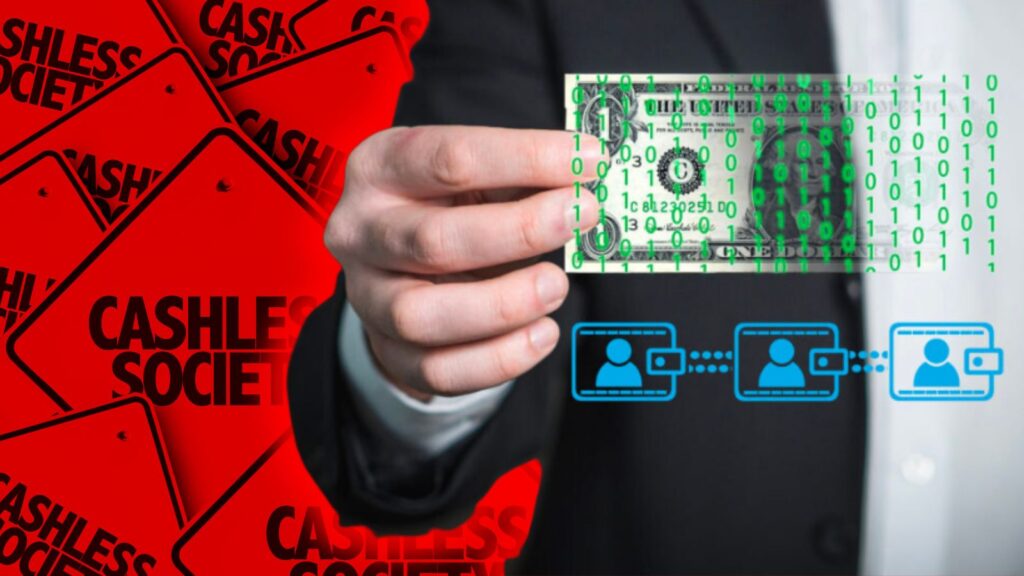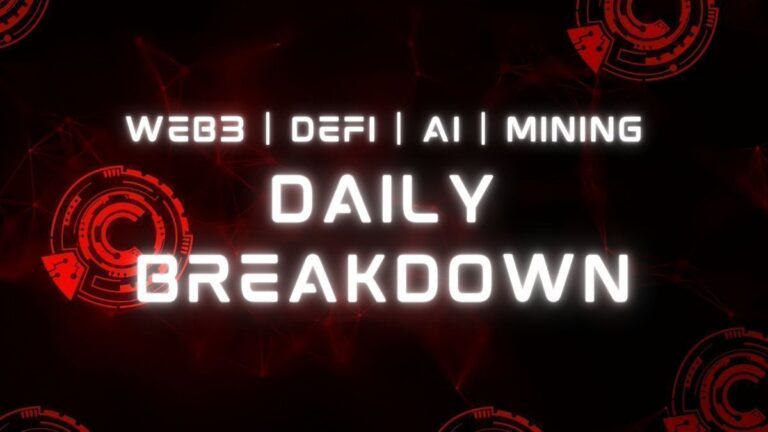
![]() TL;DR: Cash is losing its dominance globally, with cashless payments becoming more popular. The shift, driven by convenience, also raises concerns about the potential loss of financial freedom. In this article, we explore the concept of a cashless society, its historical roots, and the forces pushing for its adoption. We delve into the varying degrees of centralization in cashless payment methods, from centralized CBDCs to more decentralized cryptocurrencies. Examining the motivations behind the push for a cashless society, we uncover a connection to increased financial control. We then explore the Scandinavian experience, particularly Sweden’s journey, shedding light on the role of trust in government. Finally, we discuss potential strategies to resist a dystopian cashless society, emphasizing the importance of enshrining access to cash in law and exploring utopian, decentralized digital currencies.
TL;DR: Cash is losing its dominance globally, with cashless payments becoming more popular. The shift, driven by convenience, also raises concerns about the potential loss of financial freedom. In this article, we explore the concept of a cashless society, its historical roots, and the forces pushing for its adoption. We delve into the varying degrees of centralization in cashless payment methods, from centralized CBDCs to more decentralized cryptocurrencies. Examining the motivations behind the push for a cashless society, we uncover a connection to increased financial control. We then explore the Scandinavian experience, particularly Sweden’s journey, shedding light on the role of trust in government. Finally, we discuss potential strategies to resist a dystopian cashless society, emphasizing the importance of enshrining access to cash in law and exploring utopian, decentralized digital currencies.
Cashless Society Explained: A Historical Perspective
Cashless societies have been contemplated for centuries, with roots traced back to Edward Bellamy’s 1888 book. The evolution from physical coins and banknotes to digital payments has been influenced by factors like technological advancements and the rise of credit and debit cards.
The Spectrum of Cashless Payment Methods: Centralized to Decentralized
Cashless payment methods vary in their degree of centralization, from centralized CBDCs allowing comprehensive control to more decentralized cryptocurrencies, offering varying levels of financial privacy. Credit and debit cards fall in the middle of this spectrum, providing some user autonomy.
The Role of Banks and Card Payments: Balancing Control
The flexibility to switch banks or card providers has historically limited their control over users. However, evolving monopolies and notable instances, such as freezing accounts during protests, highlight potential risks as financial entities gain more power.
The Push for a Cashless Society: Motivations and Timeline
The initial push for a cashless society aligns with the 1970s, coinciding with the widespread use of credit and debit cards. The profit potential for banks and card providers became evident, with fees accumulating from the growing volume of cashless transactions. The 2008 financial crisis prompted central banks to seek stability, leading to increased regulation and a parallel justification for a cashless society.
Central Banks and CBDCs: Seeking Stability Post-Financial Crisis
Post-2008, central banks intensified efforts to stabilize the financial system, introducing regulations mirroring the rhetoric supporting a cashless society. The shift towards CBDCs gained momentum in 2019, prompted by concerns over private currencies like Facebook’s Libra.
The Pandemic Acceleration: Convenient Narratives for a Cashless Future
The pandemic provided governments and central banks with an opportune narrative to accelerate the transition to a cashless society. While claims of reducing virus spread through cash were debunked, the focus shifted to promoting contactless payments.
Scandinavian Pioneers: Trust in Government as a Driving Factor
Scandinavian countries, particularly Sweden, have been at the forefront of the cashless transition. Sweden’s journey, beginning in the early 2000s, showcases a shift fueled by centralized banking systems and government-backed initiatives. Trust in governments plays a pivotal role in the success of such transitions.
Predicting the First Fully Cashless Countries: Scandinavia Takes the Lead
Scandinavian nations, starting with Sweden, are likely to be the first fully cashless countries. Factors such as centralized banking systems, government initiatives, and societal trust contribute to their progress. The Netherlands is also headed in a similar direction, emphasizing the role of trust in government decisions.
How Governments Will Implement Cashless Societies: A Three-Step Process
Governments aiming for cashless societies follow a predictable three-step process. First, they find an excuse, often linked to crises, to justify the transition. Next, they introduce appealing cashless solutions to encourage voluntary adoption. Finally, they make accessing cash progressively difficult through measures like new currency exchanges, ATM removals, and cashless bank branches.
The Role of Inflation and Interest Rates: Tools for Eliminating Cash
To eliminate physical cash, larger countries might resort to a combination of inflation and high-interest rates. Higher interest rates incentivize large cash holders to deposit their money, eventually leading to forced currency exchanges. The goal is to render cash worthless, ensuring compliance with a cashless agenda.
Protecting Against a Dystopian Cashless Society: Two-Pronged Approach
To safeguard against a dystopian cashless society, individuals must pursue a two-pronged approach. First, advocate for the enshrinement of access to cash in law, ensuring both access and payment options are legally protected. However, this may face challenges, including potential social repercussions. Second, explore decentralized and private digital currencies that preserve financial privacy, offering an alternative to the potential controls imposed by centralized entities.
Conclusion: Navigating the Path to Financial Freedom
The path to a cashless society is complex, with motives ranging from financial stability to increased control. While the inevitability of a cashless future is acknowledged, the focus should shift towards preserving financial freedom. Understanding the playbook of governments, protecting access to cash, and exploring decentralized alternatives can empower individuals to navigate the evolving financial landscape.
Thank you for reading “Decrypting the Cashless Conundrum: Navigating the Road to Financial Freedom in a Digitized Era“.
- Subscribe to our newsletter: ConsensusProtocol.org
- Follow us on Twitter: @ConsensusPro
Sources:
“The Evolution of Cashless Societies: A Historical Perspective” – Harvard Business Review
“Central Bank Digital Currencies (CBDCs) and Financial Stability” – Bank for International Settlements (BIS)
“Cashless Societies: Motivations and Risks” – World Economic Forum
“The Role of Trust in Government in the Cashless Transition: Lessons from Sweden” – The Guardian
“Government Strategies for Implementing Cashless Societies: A Three-Step Process” – Brookings Institution




